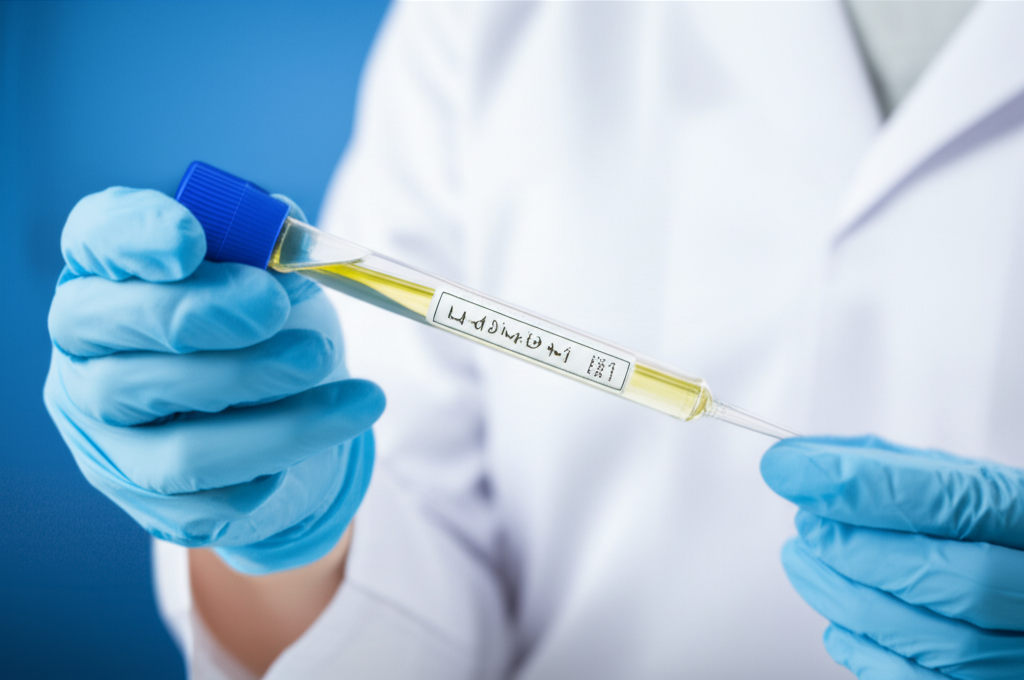Polyacrylamide, commonly abbreviated as PAM, is a highly versatile water-soluble polymer that plays a crucial role in numerous industrial processes. Available primarily in a convenient powder form, it is recognized for its unique ability to significantly increase the viscosity of water or, more importantly, to promote the flocculation of particles suspended within a liquid medium. This characteristic makes it an indispensable chemical auxiliary agent across diverse applications.
Based on its ionic properties, PAM is broadly categorized into three main types: Anionic PAM, Cationic PAM, and Nonionic PAM. Each type possesses specific charge densities and molecular weights, allowing for tailored applications depending on the nature of the material being treated and the desired outcome. The selection of the appropriate type is critical for achieving optimal performance in different systems.
The fundamental mechanism by which Polyacrylamide operates involves the formation of a 'bridging' structure. The amide group (-CONH2) present in the polymer chain can interact with suspended particles through hydrogen bonding. This interaction causes the small particles to agglomerate, forming larger, more easily separable flocs. This process accelerates the sedimentation rate of solids, leading to faster clarification of the liquid phase and improved efficiency in filtration processes.
One of the most significant applications of Polyacrylamide powder is in water treatment. It is extensively used in both municipal and industrial wastewater treatment facilities to remove suspended solids, reduce turbidity, and clarify water. The flocculation efficiency of PAM helps in separating contaminants from water streams, making subsequent treatment steps easier and more effective. Its use contributes significantly to meeting environmental discharge standards and enabling water reuse.
Beyond water treatment, PAM finds widespread use in the paper industry. Here, it functions as a retention aid and drainage enhancer during the paper-making process. It helps retain fine fibers and fillers within the paper sheet, reducing material loss and improving the quality and strength of the final product. Simultaneously, it facilitates faster water drainage from the pulp, leading to increased machine speeds and reduced energy consumption.
The oil and gas industry also utilizes Polyacrylamide, particularly in enhanced oil recovery (EOR) techniques. In this application, PAM is used to increase the viscosity of injected water, helping to sweep more oil from the reservoir pores towards the production wells. Its polymer flooding capabilities improve the overall recovery factor of oil fields. It also finds applications in drilling fluids to control fluid loss and improve lubrication.
Other notable applications include sludge dewatering, where PAM helps condition the sludge, making it easier to separate water and reduce sludge volume. In coal washing, it aids in clarifying wash water and recovering fine coal particles. The textile industry uses it as a sizing agent and finishing agent. Its versatility extends to fields like mineral processing (ore-dressing) and even in food-related processes like sugar manufacturing.
Physical and chemical properties of Polyacrylamide powder typically include an appearance ranging from white to off-white crystalline granular form. It is readily soluble in water but insoluble in most common organic solvents. The molecular weight can vary significantly, typically ranging from 5 to 30 million, influencing its performance in specific applications. A high solid content, often exceeding 89%, ensures product efficiency.
Handling and storage of Polyacrylamide powder require certain precautions. Minimizing dusting during handling is important. The product should be stored in cool, dry conditions, specifically avoiding humid and wet areas to prevent degradation and clumping. Under recommended storage conditions, it typically maintains a shelf life of up to two years.

The recommended dosage and preparation vary based on the specific application and the nature of the wastewater or suspension being treated. Generally, a solution of 0.1%-0.3% (W/W) is prepared, with the actual dosage ranging from 0.1 to 10 ppm (0.1-10 mg/L) in the target water. Jar tests are often conducted to determine the optimal type and dosage for maximum efficiency in a given scenario.
The benefits of using Polyacrylamide as a flocculant or coagulant are numerous. It leads to efficient separation of solids and liquids, reduces processing time, improves water clarity, decreases the volume of sludge produced, and helps in complying with environmental regulations. Its ability to perform effectively across a wide range of pH levels and temperatures in certain formulations adds to its utility.
For companies and operations requiring high-quality chemical auxiliary agents, sourcing reliable Polyacrylamide powder is essential. Finding a trustworthy Polyacrylamide manufacturer is the first step in ensuring consistent product quality and supply. Evaluating different options from various sources to determine the best Polyacrylamide supplier for your specific needs is crucial for operational efficiency. Understanding the current market price trends allows for informed procurement decisions. Companies looking to buy Polyacrylamide or purchase Polyacrylamide powder should investigate suppliers offering different grades and packaging options to meet their operational scale and requirements. Establishing a strong relationship with a reputable provider ensures access to technical support and guidance on product application.
Manufacturing Facilities






Professional Export Experience
to Global Customers

1. 20 years of R&D, manufacturing and sales experience, serving customers in 60 countries and regions around the world;
2. Own R&D laboratory, pilot platform and large-scale production workshop, which can meet the audit requirements of global customers;
3. We can satisfy customers' perfect transition from small scale lab requirements (gram level) to commercialization requirements (hundred tons level).
A: We don't have Minimum Order Quantity, exact quantity should be provided before quotation for us to calculate the exact cost.
A: We don't provide free samples due to lots of request and expensive international courier's cost, we can deduct the sample charge after commercial order placed.
A: Our payment terms: Small or sample order: T/T IN ADVANCE. Commercial order: First order should be by T/T IN ADVANCE or L/C at sight, and following orders T/T 30~90days is acceptable subject to approval of credit application.